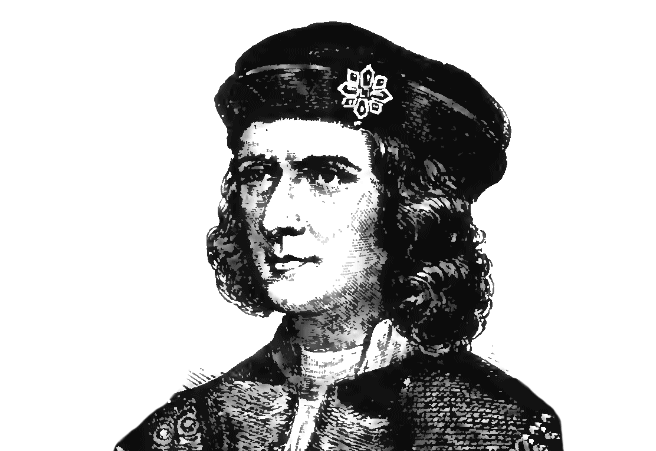<![CDATA[Richard III’s favorite friary in York is being uncovered as an integral part of the community archaeology project started by the city. The city of York invites all amateur archaeologists to lend a hand and play a part in this process. The AOC Archaeology group is scheduled to start off with the Hidden Guildhall project very soon, a project central to archaeological investigations about the Guildhall in York at the request of the City of York Council. This projected is expected to offer budding and amateur archaeologists with a rare opportunity to excavate a large site in the city center in hopes of uncovering the remains of the Roman and Medieval past of the city of York. Community members are expected to work hand in hand with the professionals to complete this unique project in York, an archaeological site that has largely been left undisturbed for about 500 years. According to Mitchell Pollington, a representative of the AOC, the site where the excavation work is scheduled to begin was occupied by an extremely important frairy that was founded in the year 1272. In the late 15th century, King Richard III had stayed in this friary while visiting the city. A number of the nobles who were killed during the Wars of the Roses are also believed to have been buried at this very site. It is hoped in particular that excavation work shall help to shed light into the lives of the friars, the location of the frairy itself and the identities of the people buried at the friary. The site is located upstream from the location which provided access to the Roman legionary fortress between the years AD 71 – AD 410. It might entirely be possible that structures from the Roman riverfront could have survived the ravages of time, protected in waterlogged ground and sealed beneath medieval era occupation. According to Sonja Crisp, the cabinet member for culture for the Counil, the excavation should offer a unique opportunity for the citizens to gain a better understanding of one of the main historical areas in the city. These excavations are also expected to uncover a number of historical artifacts and offer great insights into the 2000 year old history of York. Apart from excavating the site, the AOC shall also be using extremely high-tech ground penetrating radar equipment to help devise a digital plan of the remains located beneath the Guildhall buildings. This should allow archaeologists to record the archaeology in the area without having to excavate or disturb the present state of the ground. The excavations, considered to be one of the most anticipated activities in York, are scheduled to kick off from August 16, 2014. Anyone wanting to join the group can do so by visiting the excavation site or logging on to www.aocarchaeology.com/hiddenguildhall. In fact, with activities scheduled to take place all 7 days a week you could actually enjoy a culturally enriching experience by becoming a part of the group in charge of the excavation work. ]]>
Unearthing Richard III’s Favourite Friary in York
